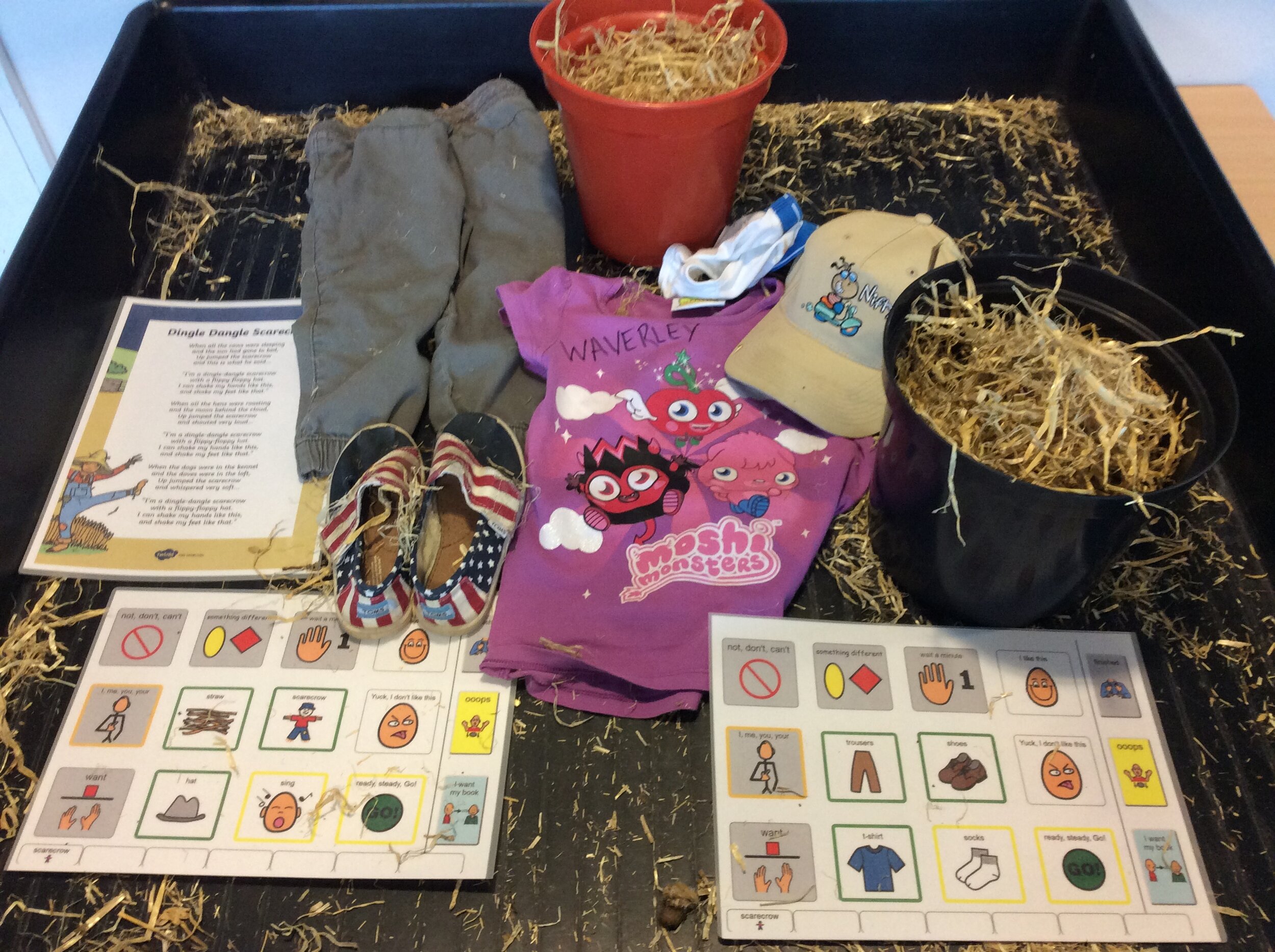Carousel Play
Learning Through Play for Pupils with Complex Needs
In the Moment Planning and Carousel Play are terms frequently used in Early Years Foundation Stage settings to describe a variety of activities and resources set up to inspire play and enable educators to respond to and follow the lead of each pupils’ learning. However, within Special Educational Needs there is a tendency to fear that this type of free flow learning environment lacks structure and routine and that children with special educational needs do not play and do not have many interests.
Laura and I have more than 30 years combined experience observing, responding to and learning from children with severe, complex and profound learning needs including Autism and we can confidently say that play is the most important tool to facilitate learning. It is however, our responsibility as educators to support pupils to have fun and enjoy playful interactions with the world around them.
In The Springboard Curriculum we recommend that the same Carousel Play activities are set up every day for a week and that pupils access them for one session each day as part of other broad and balanced learning opportunities. This enables pupils to become familiar with the resources, return to activities they have enjoyed and empowers educators to progress learning during the week by making adaptations for individual pupils.
All activities are open-ended and can be used in different ways by pupils working within different learning circles. Within any activity, pupils have the opportunity to demonstrate learning in any of the core curriculum areas of cognition, communication, physical and sensory, personal, social and emotional development. Educator expertise is crucial for this type of in the moment planning and play to be successful. Educators must understand the strengths and challenges of each pupil, must know how to use the resources creatively to support them to move beyond their current level of learning and must know how to motivate and inspire pupils to engage, play and have fun.
An Invitation to Play.
PCS and Boardmaker are trademarks of Tobii Dynavox LLC. All rights reserved. Used with permission.
Planning for Carousel Play.
Plan to have 3-5 activities available during Carousel Play. Make sure that there is a variety of activities. For example a messy activity, a movement based activity, a floor based activity and a tactile activity (not messy). We also love to include a light based activity using a lightbox or UV light and a switch activity.
Make sure that all activities are accessible to all. This might mean that you provide the same activity on the floor or at the table. Educators need to feel empowered to make decisions in the moment regarding the use and positioning of resources and pupils to maximise active participation and engagement in playful learning opportunities.
Use your knowledge of the activities and objects that each of your pupils is motivated by and interested in. Incorporate these into the activities that you plan but be sure to identify those activities that pupils are purposefully participating in, not the repetitive behaviours that maybe limiting their awareness and engagement in the world around them.
Recognise the importance of repetition and do not be afraid to offer the same activities again as this really supports pupils to move beyond their current level of learning, enables them to initiate participation and show preferences.
Empower your team of educators to follow the lead of the pupils and their interests, to use resources creatively to engage and inspire participation and to promote independence by offering the just-right level of support and the just-right challenge.
It can take time for pupils to understand what is expected of them during Carousel Play so be a model child and show enjoyment and engagement in each activity. For some children who are not yet initiating participation, it might be that initially you take the activity to them. For those children with mobility challenges, they might rely on you to move them between activities. Be sure to observe and respond to any communication that might be a communication for the activity to continue or for the activity to terminate.
There are endless ways to play and engage with each activity to make it appropriate, the just-right challenge and fun for each unique pupil.
We will be sharing activity ideas for play for pupils with Special Educational Needs. So follow us on social media for planning, inspiration and idea updates.
If you are enjoying our content, The Springboard Curriculum is available to buy here as an immediate digital download. You can follow the link to view sample pages before you buy. The reason we decided to share our work? To allow educators to use their time creatively to maximise play and tailor the learning activities to the strengths and challenges of each pupil.
£1 of every sale goes to the school’s charity to give back to the educators and pupils who inspired the curriculum.
Charlotte & Laura
Authors of The Springboard Curriculum. Inclusive Special Education in the Early Years Foundation Stage and Key Stage 1.
A Framework for Integrating Therapy and Education.






